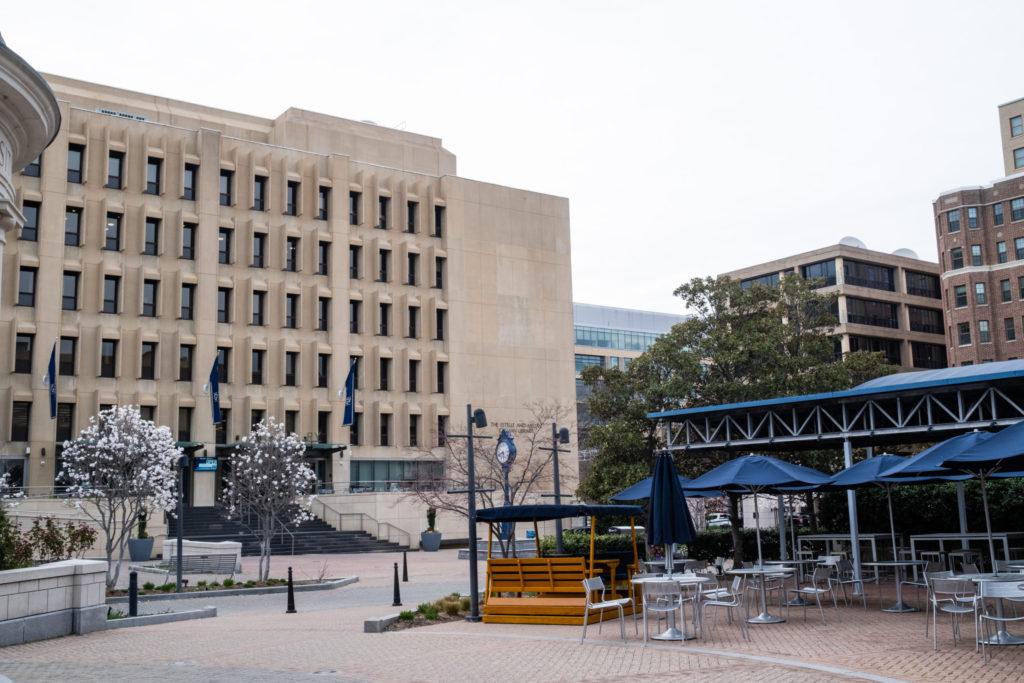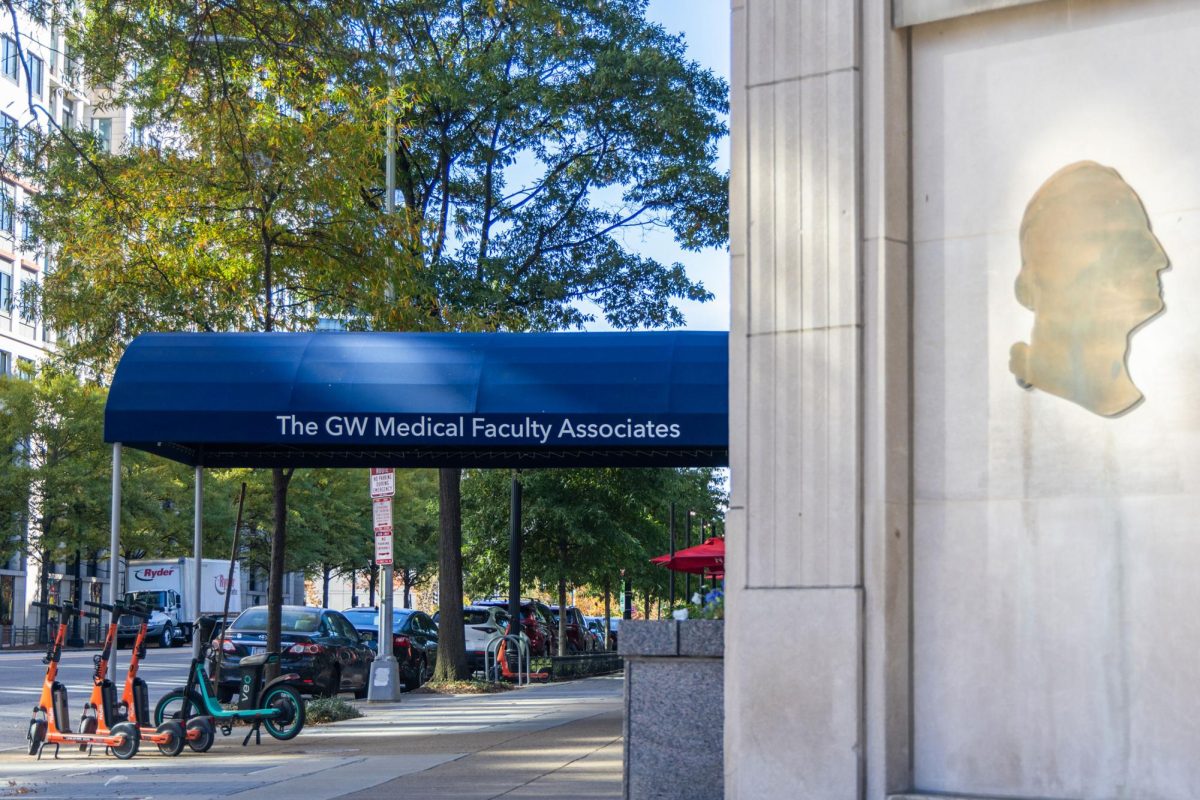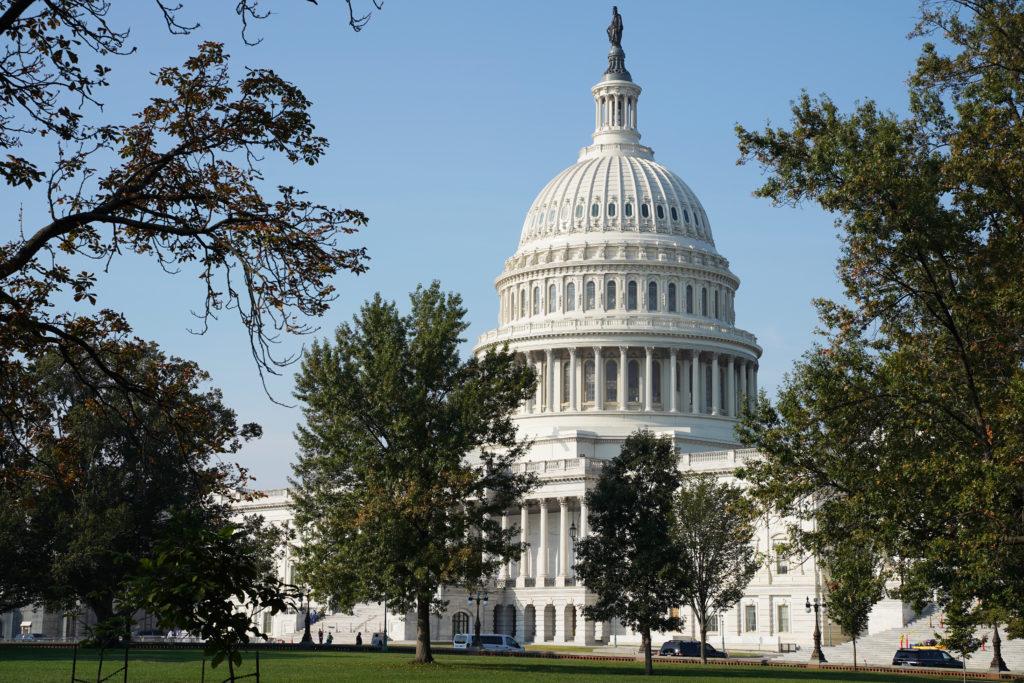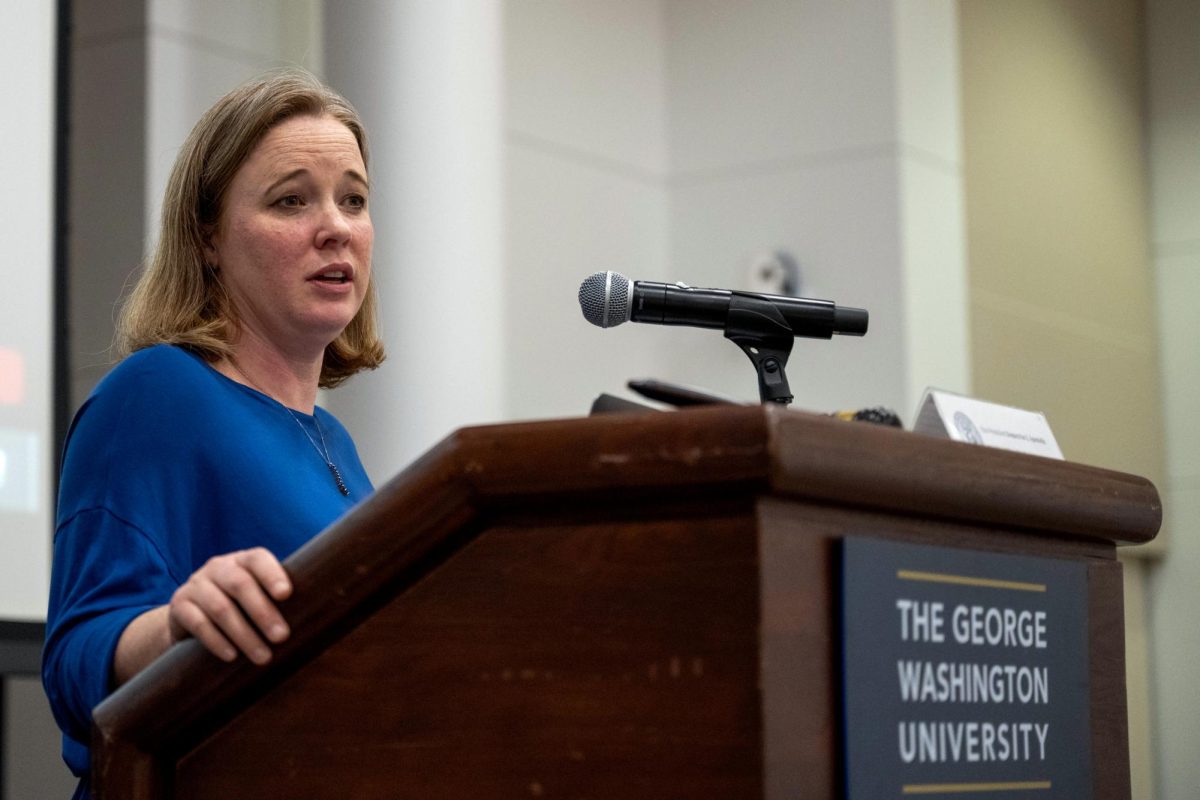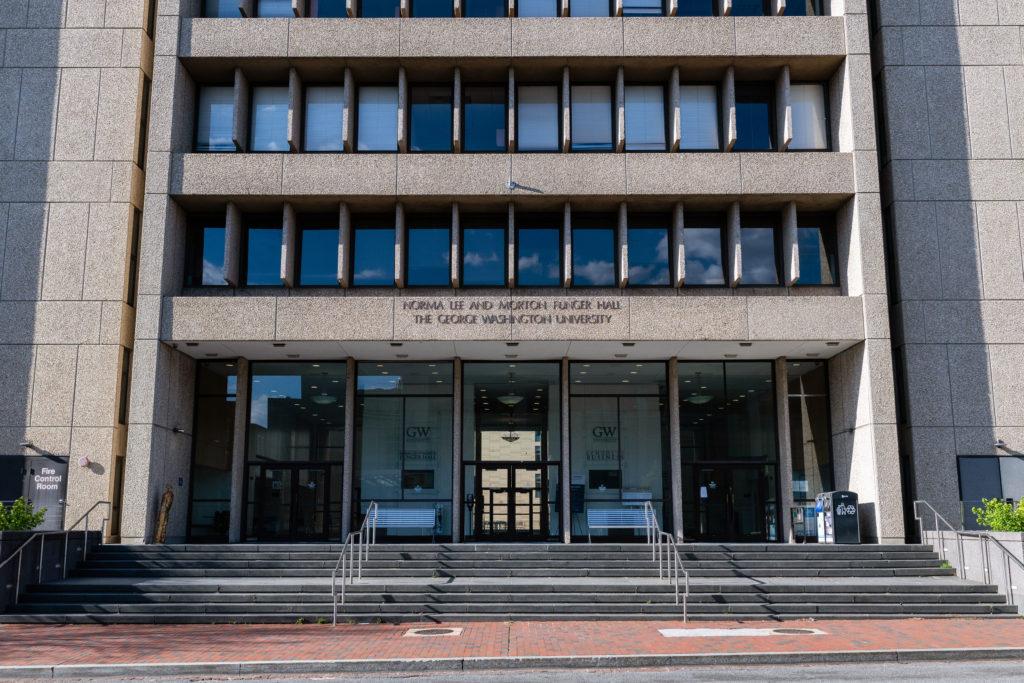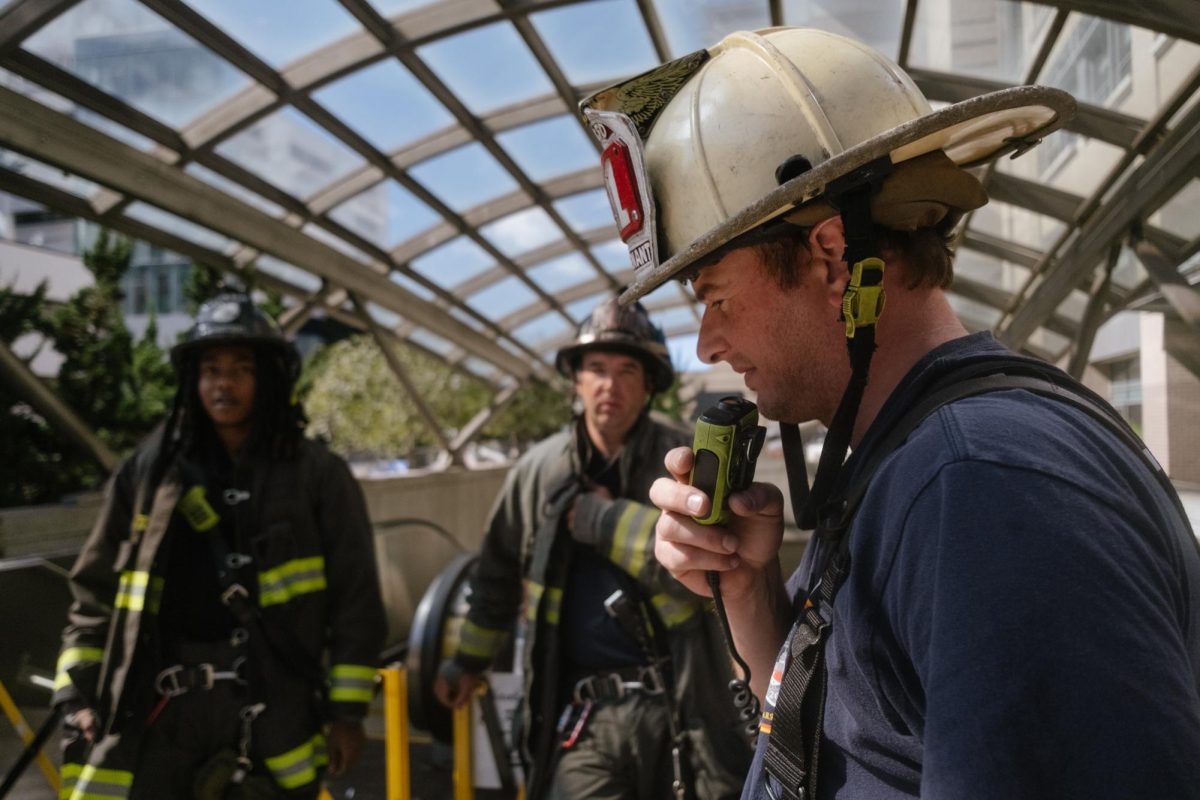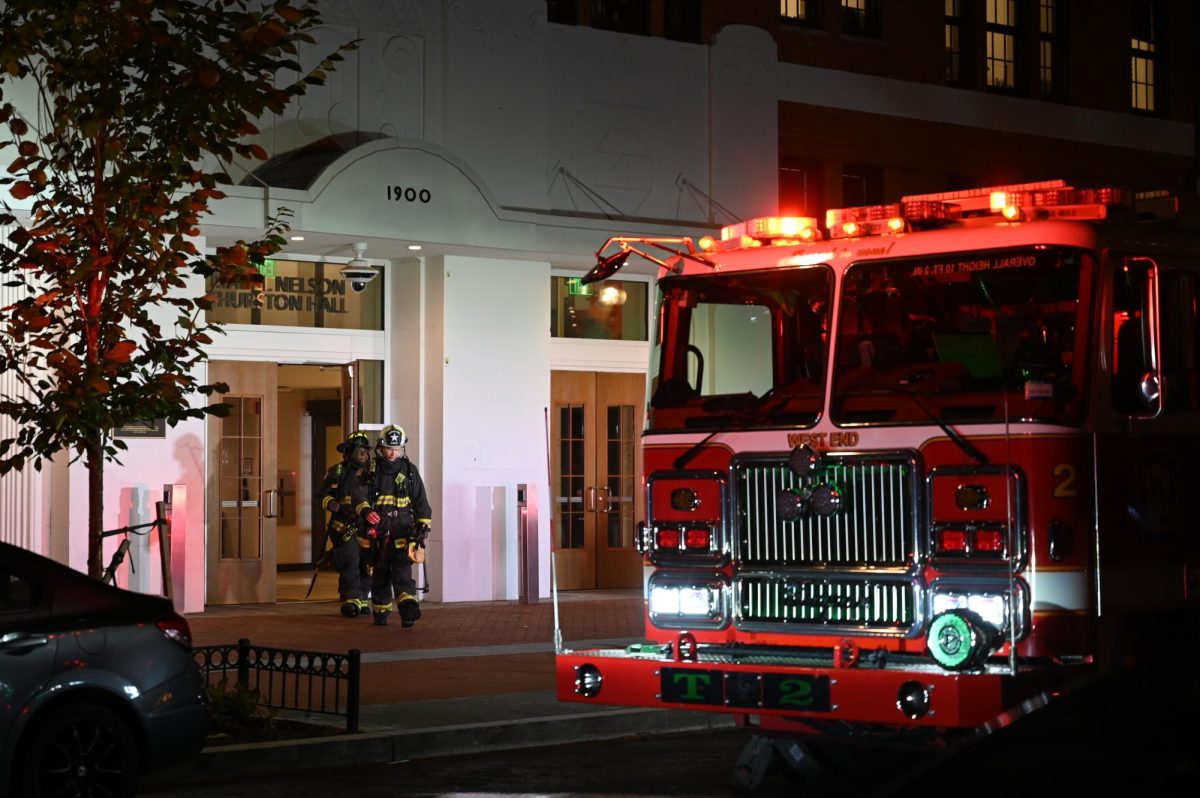Updated: June 15, 2020 at 5:25 p.m.
Officials submitted a fall operations plan to D.C. officials Monday, seeking approval to resume in-person classes in August while implementing extensive mitigation efforts across campus.
If approved, the plan would require students to wear cloth masks during classes and while in public buildings, limit gathering sizes and designate buildings for students who need to quarantine. Scott Burnotes, the associate vice president of safety and security, said the plan is focused on containing the coronavirus while encouraging social distancing in conjunction with the University’s Back to Campus Initiative.
“This plan should be viewed as a roadmap,” Burnotes said in an interview Monday. “It’s laying out the objectives, and it outlines the approaches that we plan to employ to address the issues that the District of Columbia wants us to address based on their guidelines and recommendations as they’re moving through their stages.”
Under the plan, students will return to campus in August during a period of two weeks leading up to the first day of classes on Aug. 31 rather than on a single weekend to reduce contact between students and families, he said.
Students who live on campus will be allotted “specific times” to move their belongings to their residence halls, according to an email University President Thomas LeBlanc sent the GW community Monday. Officials enlisted two companies in March to pack and store students’ belongings until the next academic year.
“Our intention has been, obviously, to make the proper modifications to the academic world as well as the operation world on campus so that we can safely return to campus and operate in what is the new normal of the COVID environment,” Burnotes said.
Students will finish most classes remotely for two weeks after Thanksgiving in anticipation of a potential second wave of the coronavirus near the end of the calendar year.
He said officials are developing alternative locations for classroom instruction, like the Marvin Center ballrooms, and will rearrange all classrooms with exceptions for clinical settings to allow for six feet of space between students. Administrators may also construct large tents outdoors to hold classes, he said.
Officials are developing a testing capability to screen symptomatic and asymptomatic members of the campus community to monitor the virus’ spread. The frequency of testing is still determined, Burnotes said.
Burnotes said if cases spike in the District or on campus, administrators may implement further restrictions, including a temporary suspension of in-person classes and gathering sizes.
He added that officials will roll back a program that gave students access to all on-campus residence halls during the fall.
The plan states that officials will eliminate bunked beds in all residence halls to allow for six feet of distance between beds. Residence hall rooms will not house more than four students unless each student has an individual bedroom, Burnotes said.
Administrators will also suspend access to lounges and communal gathering spaces in residence halls, according to the plan.
The plan states that administrators will allow some staff to telework and develop rotating work schedules to reduce the density of the on-campus population.
Officials will also reduce the capacity of shuttles between GW’s campuses. Access to shuttles and all of the University’s buildings will be restricted to GWorld card holders, according to the plan.
The plan also stipulates that students will be required to receive a seasonal flu immunization unless they have a medical or religious exemption. Burnotes said officials have not determined a deadline for students to receive the immunization.
“COVID-19 is going to be around, but also the seasonal flu will be around,” Burnotes said. “We want to take as many precautions as we can to prepare for those types of symptoms.”
Administrators are also working with D.C. officials to restrict traffic on the 2100 block of H Street in order to provide more space for students to social distance in the center of campus, he added.
Burnotes said he expects D.C. officials to provide an initial response to the University in the next two weeks, which could necessitate clarifications or changes to the current version of the plan.


